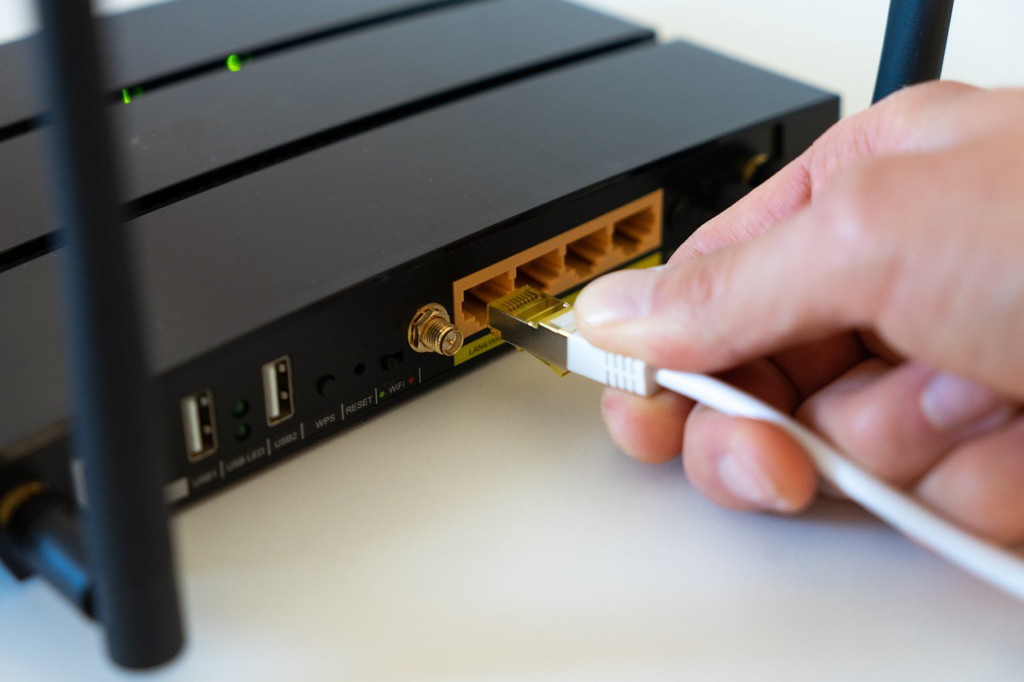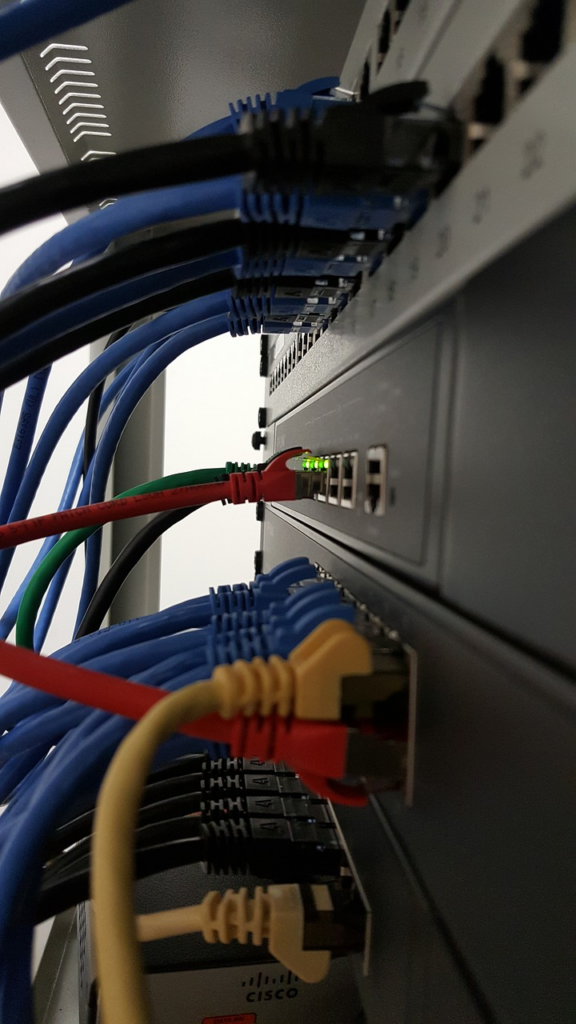Connections get slower as technology develops and more items in our homes connect, particularly during peak hours when everyone in the complex or neighborhood is winding down for the day.
A professor of technology, however, offered a workaround, recommending that you position a piece of aluminum foil behind your router. The goal is to increase the speed of your Wi-Fi.
A Professor’s Take
James McQuiggan teaches part-time in Valencia College’s Engineering, Computer Programming & Technology Division and is a Security Awareness Advocate for KnowBe4. As a result, he has studied and investigated every aspect of technology.
He identifies an intriguing method for increasing the speed of your Wi-Fi connection: placing a piece of aluminum foil beneath your router.

Aluminum Foil Behind your Router for Faster Connection
Apparently, when more devices are connected to the same wireless network, the signal becomes weaker. ”Like a sprinkler head spraying water in all directions,” explains McQuiggan. As a result, wireless signals go to places where they’re not needed and weaken them where they are.
The signal strength can also be affected by obstacles like walls or furniture. The aluminum foil behind your router comes into play at that point.
The signal will be reflected if you position the aluminum foil behind your router with the shiny side facing out. As a result, it may move more freely but deliberately. Additionally, you will have more control over the signal’s path if you shape the aluminum foil behind your router.
Testing the Theory

Professor James McQuiggan’s theory was confirmed by a research team at Dartmouth, despite the hack’s apparent illegitimacy.
A “3D-printed shape” that was “covered in aluminum” was produced, according to the team and positioned it carefully to regulate the signal’s path.
In targeted locations, they increased the signal by over 50%. In the meantime, they reduced the signal by a little more than 60% in undesirable locations.
How to Place Aluminum Foil Behind Your Router
What you’ll need:
One foot of aluminum foil, making sure to completely enclose the enclosure It should be noted that certain routers lack an external antenna.
After using the sheet to form a “C,” position the aluminum foil behind your router. The glossy side needs to face the router, inside the curve. If the sheet requires additional support to remain upright, fold out the bottom to form a stand.
Finally, test the connection by moving to an area where you want a stronger signal, such as the kitchen or the couch. In the search bar of your computer or phone, type “Google speed test.” Then, to obtain a report with the connection speeds, execute the blue “run speed test.”
Aluminum Foild Behind your Router for Security
It turns out that there are more benefits to using aluminum foil behind your router than just increasing speed and efficiency.
The Dartmouth team also found that the technique would work well for guaranteeing a secure connection. Hackers won’t be able to reach your connection if you place aluminum foil behind your router.
This is especially true if you position the signals to avoid places where a connection is never needed.
“Such physical confinement of wireless signals serves as a complementary method to existing network security measures, such as encryption and hence raises the barrier for attackers,” the researchers wrote.
Home Test

It’s important to note that this hack won’t always work and the results aren’t guaranteed. For example, Brooke tried the hack in her home, and the results were unsuccessful. “Before I started, I compared the internet speeds between my porch and living room, where the router is located. The difference was massive,” She shared. “One sheet of aluminum foil didn’t make any difference at all, and using two sheets of foil or the soda can seemed to drop speeds by a few Mbps. I tried adjusting the angle that the curved portion of the foil or can faced, as well as their locations beside the router, but I didn’t notice much of a difference with my internet speed when I tried to connect.”
Brooke concluded: “Though it didn’t quite work for me, it can’t hurt to give this trick a shot before forking over significant cash for a Wi-Fi extender if you’re having internet connection problems. After all, it did work for the Dartmouth researchers.” She also notes factors including the size of your space and your internet plan impact this theory’s success rate.
Other Tools

The simplest solution is to place aluminum foil behind your router, but you may also use other common household objects in its place. Basically, anything made of metal that is usually found in the kitchen.
Cans of beverages and metal baking sheets are a couple such examples. The way they are positioned and curved is the most crucial factor.
It’s recommended to “make sure to position them so that the curved, reflective part faces toward the area in your home where you want to amplify the Wi-Fi.”
Boosting Signal
Some people could be left feeling hopeless and wondering if they’re destined to have sluggish connections because this approach isn’t guaranteed to work for everyone. However, there are other ways to improve Wi-Fi connectivity than placing aluminum foil behind your router.
“While foil can help concentrate the signals, it’s usually not a great solution compared with upgrading your router or positioning it more optimally,” added Professor McQuiggan.
Turning the router off is the most popular method of rebooting it. If it has a power button, always press it because unplugging it while it’s turned on can short circuit it.
An additional useful but expensive solution is a WiFi extension. In order to connect to the WiFi and aid in signal extension, this usually plugs into the wall.
Additionally, there are tools like the national broadband map that can assist you in reporting, diagnosing, and resolving Wi-Fi connectivity issues.
Aluminum foil behind your router might not always be the answer, but it’s worth a try because other solutions can get expensive.



